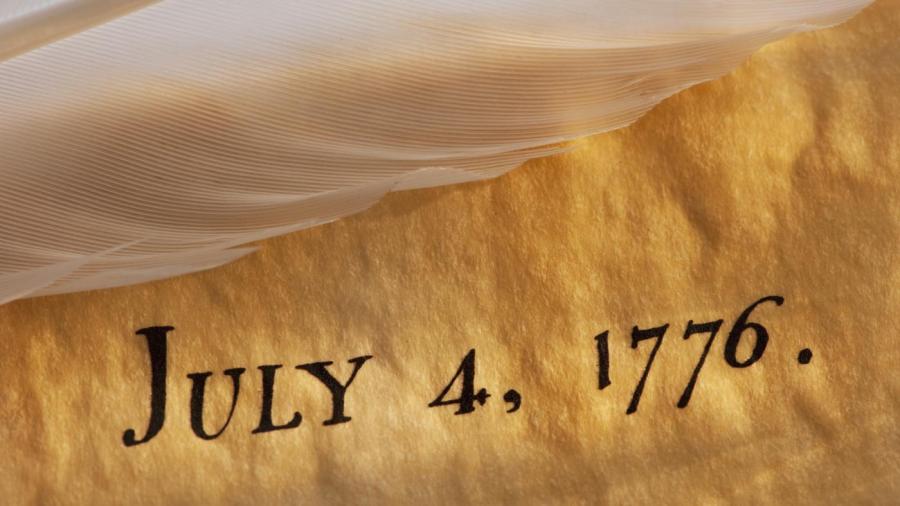What Are the Four Parts of the Declaration of Independence?

The four parts of the Declaration of Independence are the Preamble, a statement asserting the rights of all people, a third section on the grievances of the King and Parliament and a fourth section granting freedom and independence to the original 13 colonies. The Declaration of Independence was drafted in the late 1770s. After receiving support from members of Congress on July 2, 1776, the Declaration of Independence was officially ratified and signed on July 4, 1776.
The Preamble is the first part of the Declaration of Independence and serves as an introduction. The Preamble outlines the purpose and rationale for the enactment of the Declaration of Independence. This document was drafted during the presidency of Thomas Jefferson. He wanted to separate the 13 colonies from the ruling hand of Britain. Jefferson used the Preamble to explain his rationale for wanting to establish the 13 colonies as an independent nation. The Preamble is followed by a section outlining the rights of all people. This section affords citizens basic human rights, including the rights of equality, life, liberty and the pursuit of happiness. These rights, according to the Declaration, are vested in the American public and cannot be taken away. The third section lists grievances under the king, and the document concludes with the assertion that the 13 colonies are free states and independent from British rule.





